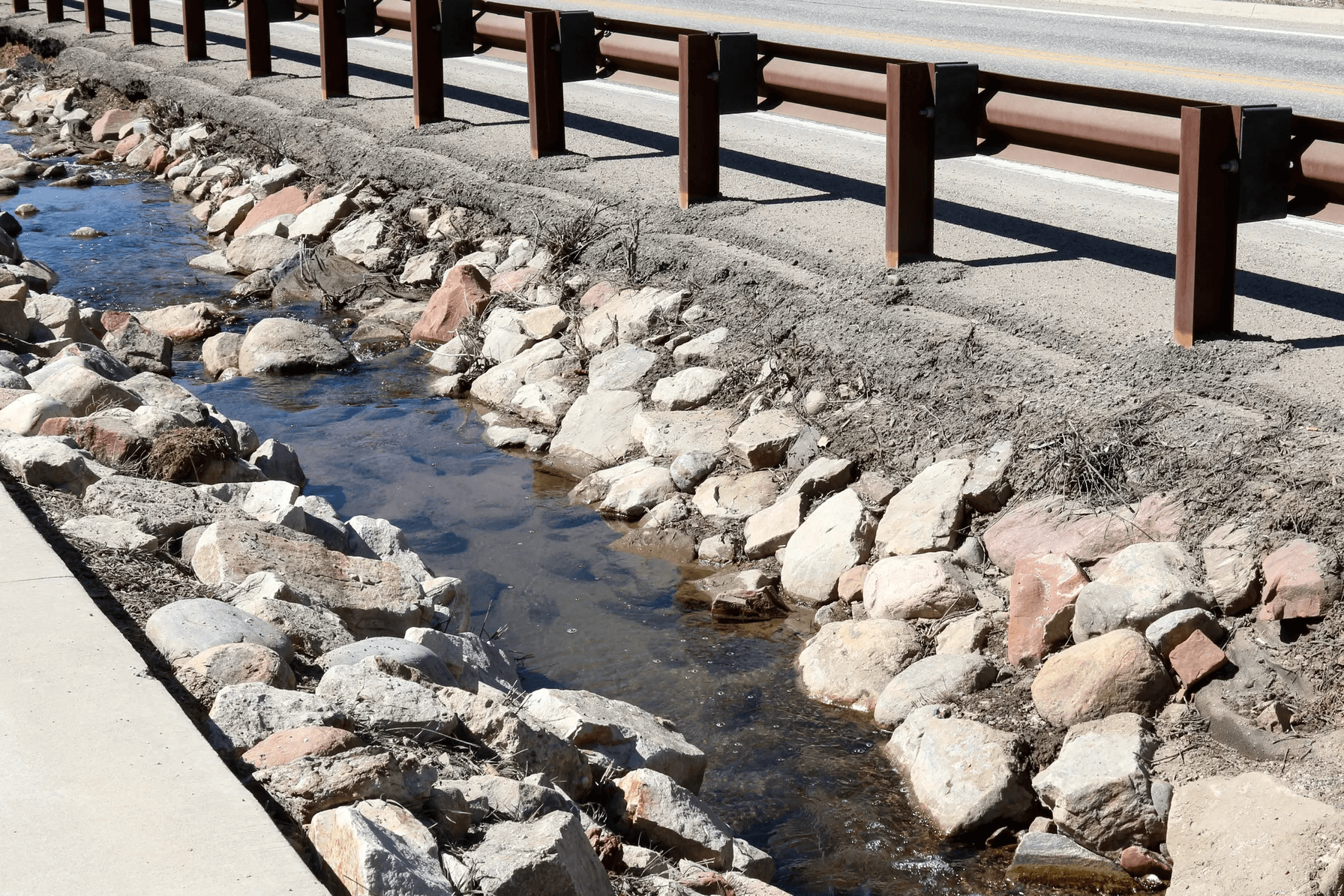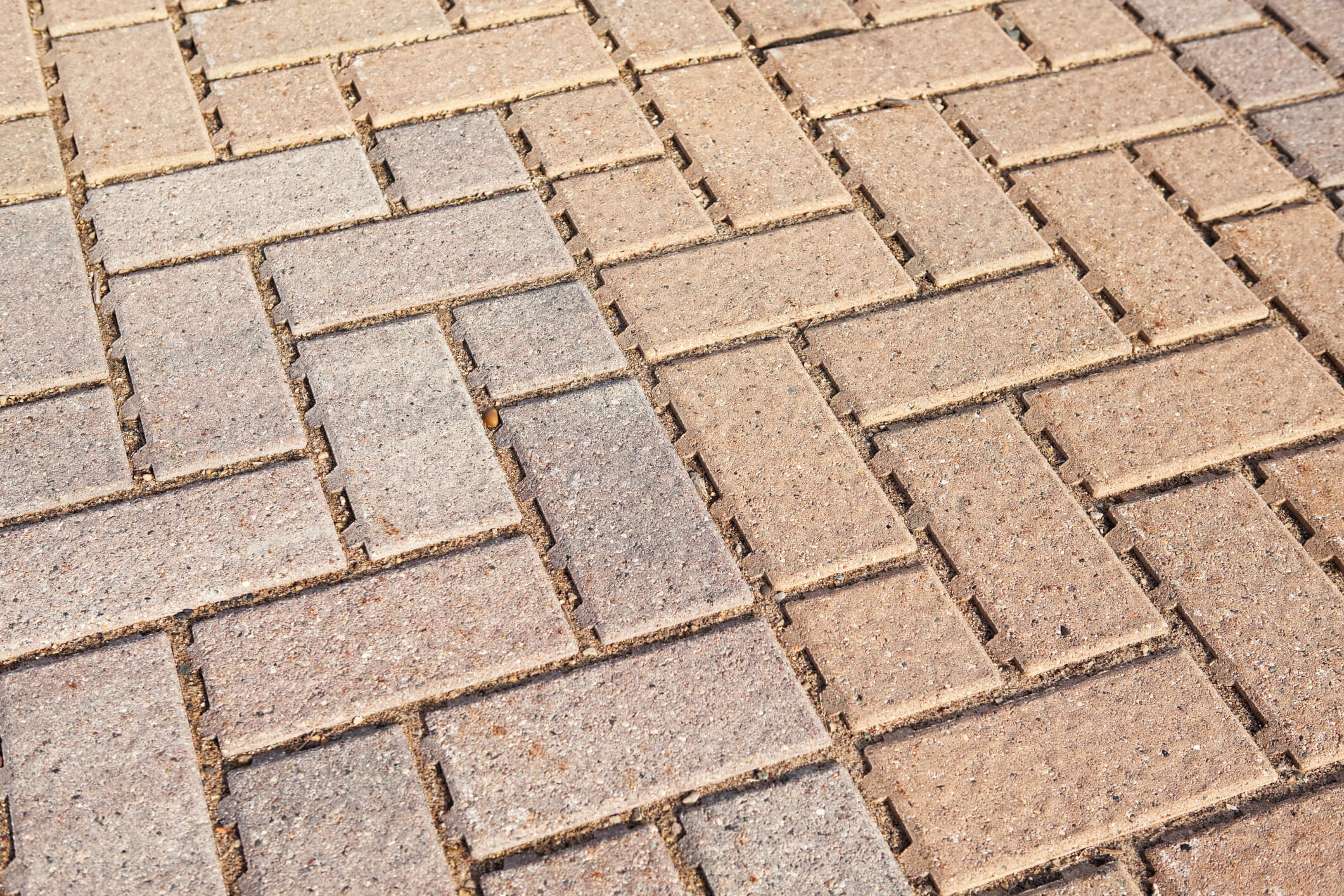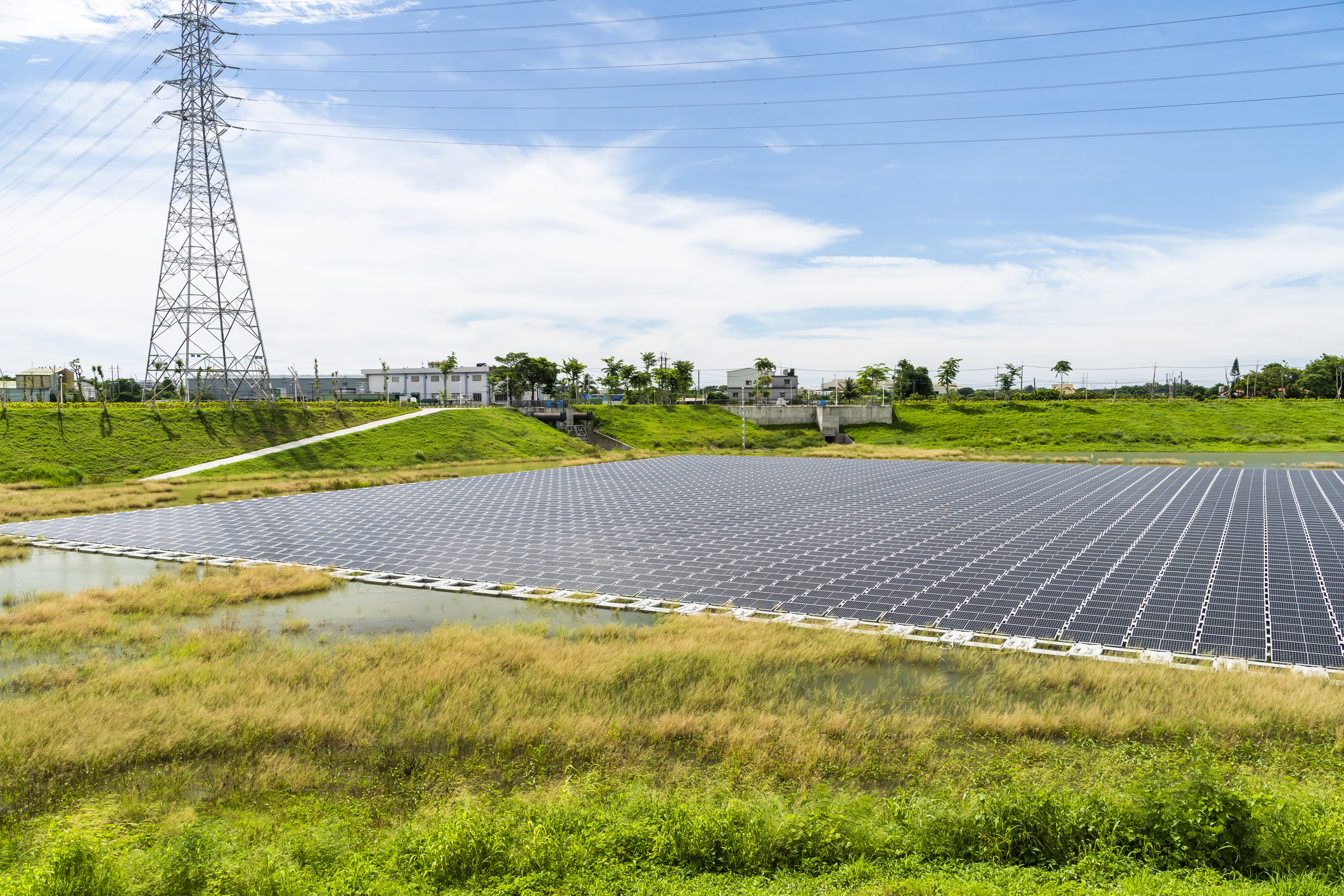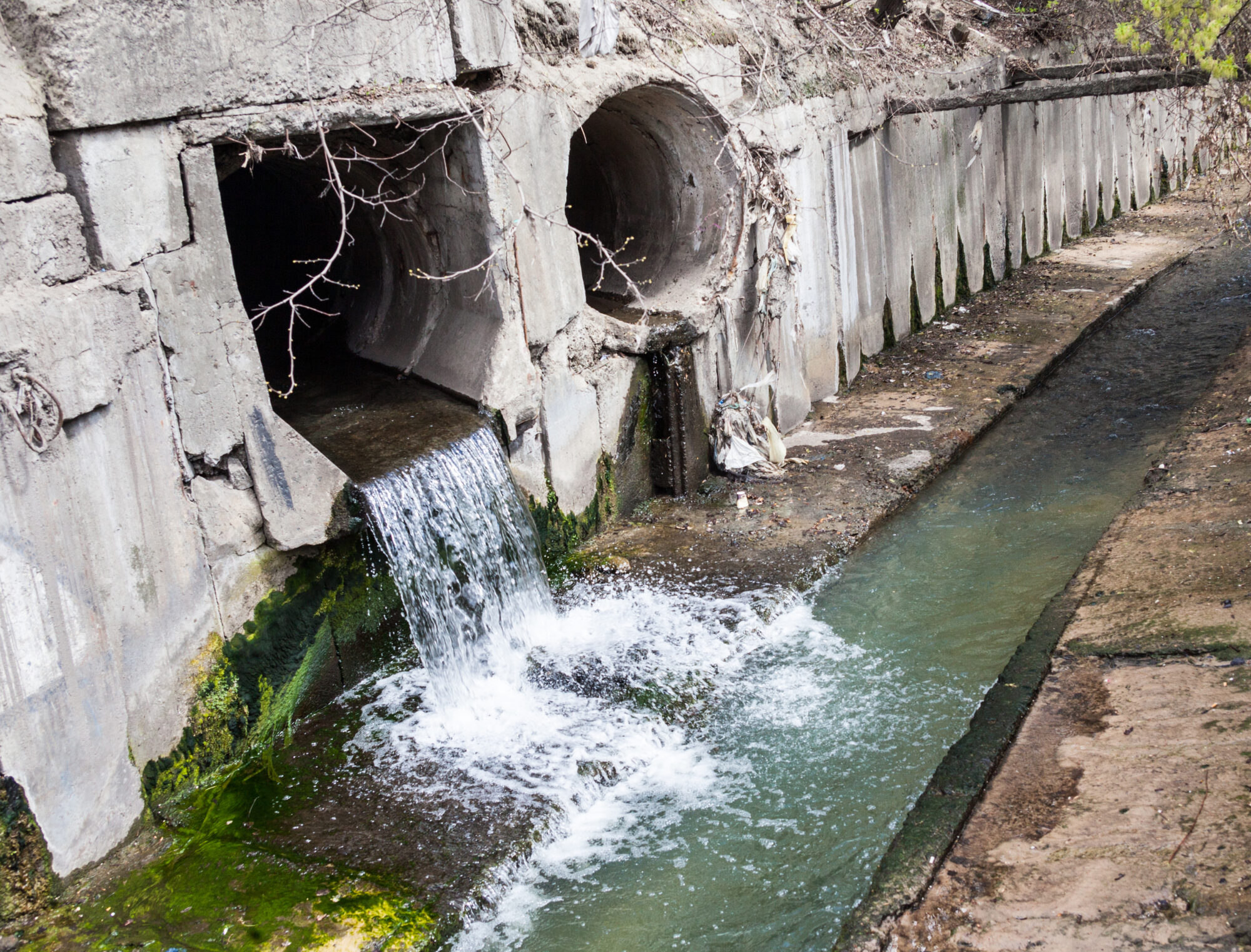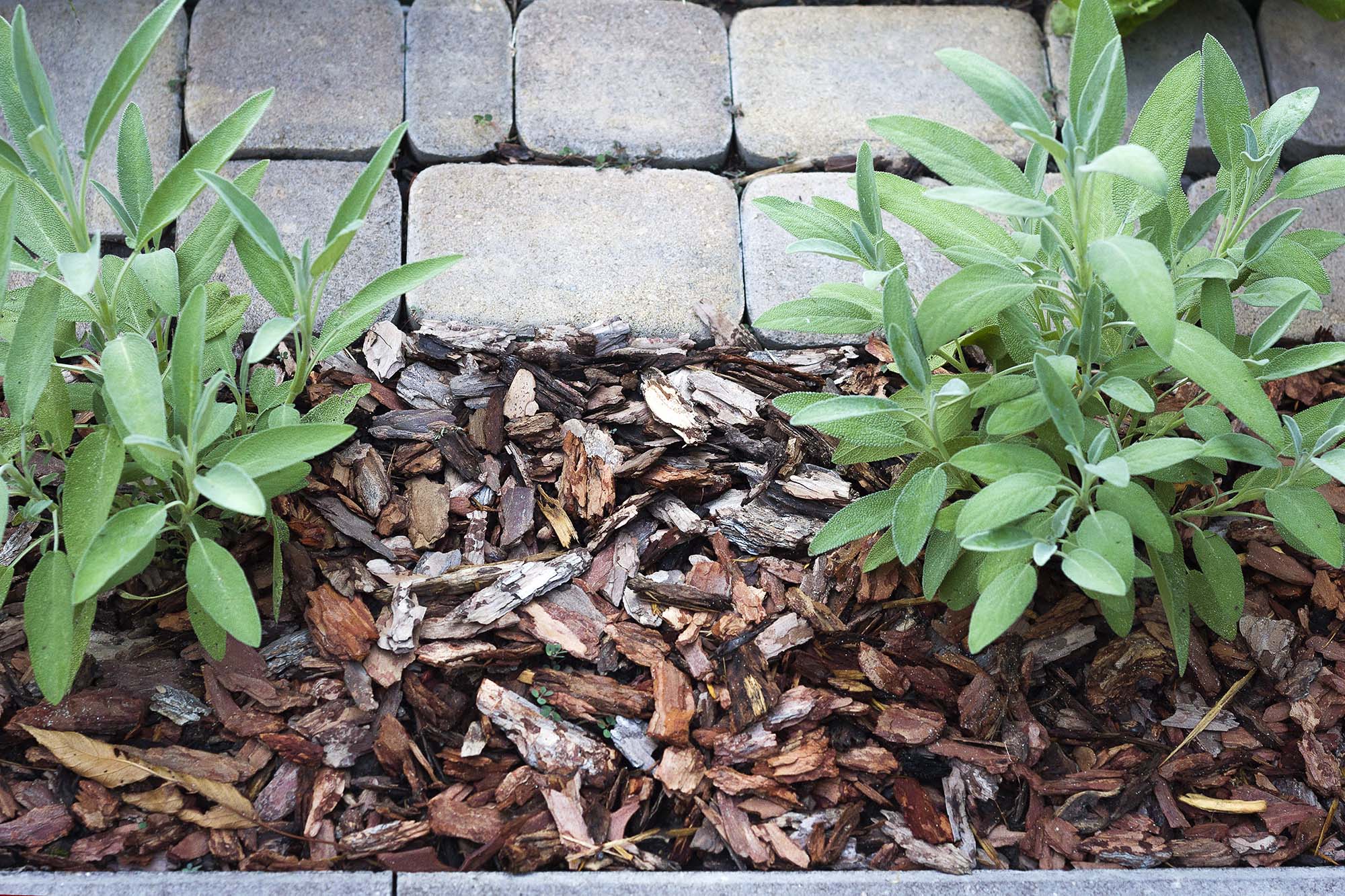Stormwater management facilities are an important function of managing stormwater runoff quantity and quality for new and existing developments. However, some facilities can have negative consequences if special consideration is not taken during the preliminary design. Site conditions (i.e., soil, groundwater, etc.) must be considered during location selection and design to ensure the best management practice (BMP) selected to address stormwater management at the facility will function properly, as the design intends.
TRC has worked on a variety of stormwater management facilities, ranging from small-scale vegetated filter strips and infiltration galleries to large-scale industrial stormwater management facilities equipped with multiple detention basins and manufactured treatment devices (MTD). Through this history of working in stormwater management design and compliance, we have seen a wide range of different infrastructure techniques used on sites with impacted soils and/or groundwater. Stormwater management design on impacted sites warrants expertise in fate and transport, going beyond typical stormwater quantity and quality design. Which approaches work in different types of geologic environments and which BMPs have potential to cause future issues once implemented? We have found design elements of four common types of BMPs that are critical to consider during the selection process.
Next Steps
These four types of stormwater management BMPs cover design considerations pertaining to the fundamentals of infiltration, ponding, surface flow, and mulching. TRC’s expertise in these areas, our diligence in analyzing existing site conditions and care in selecting project design teams have helped our clients minimize stormwater management risks. To learn more about stormwater management regulations or designs, view our related services or contact TRC today.

